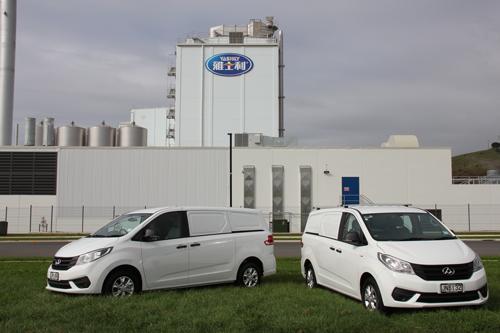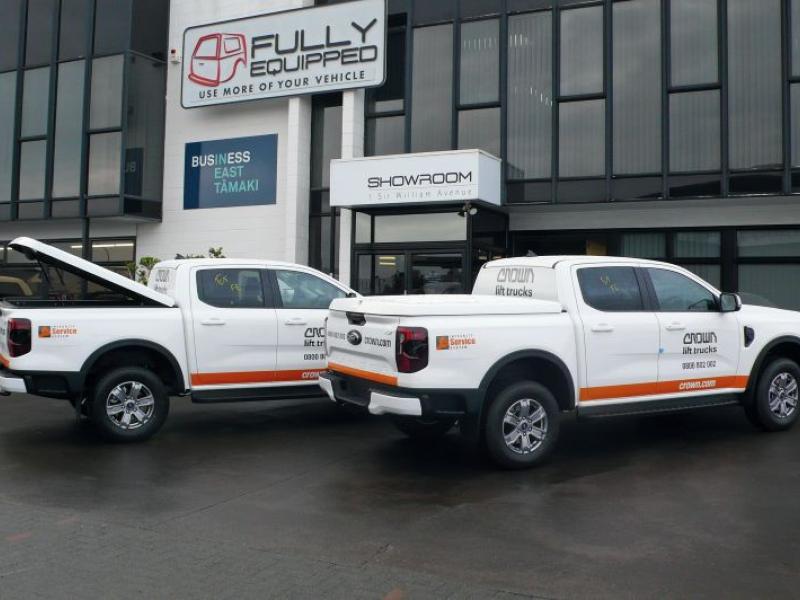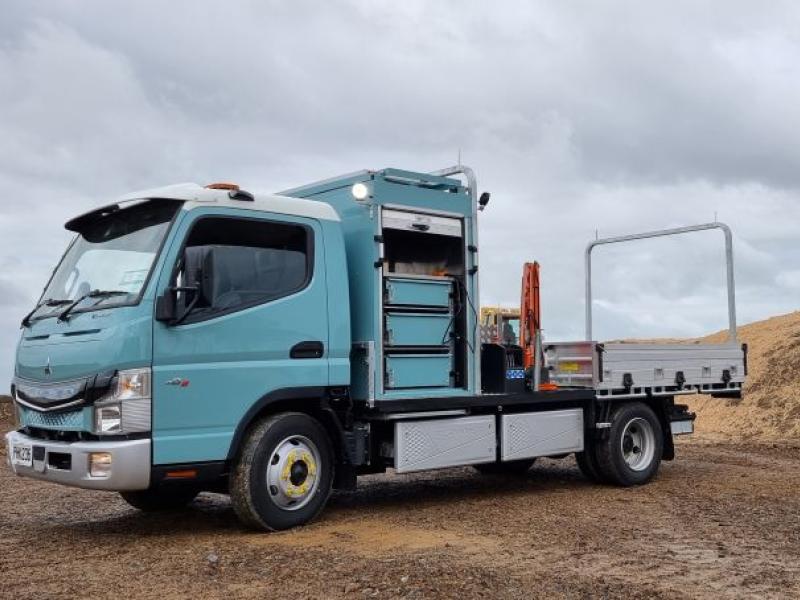Great Lake Motor Distributors, the importer for SsangYong in New Zealand, has for some time also been importing LDV vans from Chinese company SAIC, but it has only now launched its latest G10 products to NZ journalists.
John Oxley reports.
Warren Willmott calls himself the “marketing geek” for LDV vans in New Zealand. But whatever his title, one can’t help but enjoy his absolute enthusiasm for his product.
LDV was a British brand (Leyland DAF Vehicles) that China’s biggest motor company, SAIC (which also, incidentally, owns MG and Rover, among others), bought lock, stock and barrel, and shipped to Shanghai, where the factory was re-assembled, brick by brick.
In most other markets the brand is known as Maxus, which was one of LDV’s van models, but here and in Australia it’s LDV because of copyright clashes with the Maxus tyre brand.
Initially Great Lake Motor Distributors, the importers, launched with the V80 van range, in three sizes (Big, Bigger and Biggest), and these are now well-established, and selling well, especially since being joined by 11, 12 and 14-seat minibus variants, and a cab/chassis. The V80 vans are powered by a 2.5-litre VM Motori turbo-diesel, now available with either manual or automatic gearboxes, and prices start at $25,990.
In fact, says Warren, Kea Motor Homes has ordered 100 of the chassis/cabs to be converted into motor homes, with other motor home builders also interested.
However, it was to tell us about the latest LDV model line, the G10, that Warren had invited us to LDV HQ in Takanini, South Auckland.
Whereas the V80 range can best be described as Mercedes Sprinter sized, the G10 models are more on a par, size-wise, with the Hyundai iLoad/iMax, and share the same “engine in front of driver” layout rather than the Hiace’s flat nosed “driver over engine”.
Again, both van and minibus versions are available, but they differ in both their engine/gearbox and rear suspension, as well as in comfort specification.
The G10 was developed by SAIC in conjunction with General Motors in China, and all G10 models share the same exterior dimensions: length 5,168mm, width 1,980mm, height 1,928mm and wheelbase 3,198mm. The vans have a cargo volume of 5.2 cu.m, with a big enough floor area to easily accommodate a standard GIB board. Payload is 1,093kg, and ABS and electronic stability control (ESC) are standard.
The range starts with a 2.4 5-speed manual van with a four-cylinder Mitsubishi-sourced petrol engine producing 105kW/200Nm, and driving the rear wheels. Front suspension is MacPherson strut and the rear leaf springs, and features include dual sliding side doors, a lift-up tailgate, 16 inch alloy wheels, front power windows and mirrors, Bluetooth phone and streaming, tilt-adjustable steering, and a seven-inch screen and radio/CD.
Parking sensors are standard, as is remote keyless entry, rear camera with park assistance, rear fog lamps, a tyre pressure monitoring system, roll movement intervention, and driver and passenger front airbags. Claimed average fuel consumption is 11.5L/100km.
Moving up to the automatic version, this gets a 2-litre direct injection turbo-charged petrol engine producing 165kW/330Nm, linked to a ZF 6-speed automatic transmission. Rear suspension sees a five-link coil setup, and additional features include cruise control. Average fuel is 11,7L/100km.
The people mover versions are available only in automatic. Available in seven or nine-seater, with individual seats in all but the back row, they are well equipped, and on top of the features found in the automatic van get a six-speaker audio system, multi-function steering wheel, rear aircon with separate controls, leather seat trim on the nine-seater, speed limiter as well as cruise control, adaptive xenon headlamps, rain sensing wipers, and fog lamps front and rear.
On the road
We drove both manual and auto vans, as well as a people mover, and we were impressed with the standards of finish, the handling and ride quality, and the power on the auto versions.
The manual entry model makes a great “tradie” vehicle, and more than adequately fills the gap left by the departure of the venerable Mitsubishi L300, while falling well short of the price tags on the Toyota Hiace and Hyundai iLoad.
It’s got easy access thanks to those sliding side doors, and it would be possible to load two pallets inside if the lift-up door would allow a forklift in. Warren says LDV is working on a barn door alternative.
The auto is a horse of a different colour. Not only does it have lots of power and torque, arguably the most power in this van segment, but the coil-sprung rear suspension ensures the wheels stay firmly on the ground even when pushing it.
And the gearbox is much better than your average slush-box, with smooth shifting plus the ability to manually shift yourself if you want to. Add in lots of room to get around and in and out of the rear seats, plus a good load carrying ability, and a 3-year/100,000km warranty and roadside assistance, and it takes choice to a new level.
Prices
G10 van: manual $25,990; auto $29,990
G10 bus: 7-seat $34,775; 9-seat $41,990






